Revolutionizing Mobility: Stellantis Unveils STLA Large Architecture
A Comprehensive Overview of the Highly Flexible Platform...
Stellantis has officially released details on its new STLA Large architecture. The new platform is highly flexible and designed to accommodate internal combustion engine (ICE), hybrid electric (HEV), and battery electric (BEV) powertrains, and will underpin several D- and E-segment vehicles over the next two years.
Full-size vehicles are the core of the North American market, and this is where the STLA Large architecture is focused. Eight vehicles will be launched on the STLA Large architecture over the next two years, with Dodge and Jeep® being the first two brands to kick off the new platform. For Dodge, it will be the next-generation Dodge Charger, while Jeep® will launch its new premium Wagoneer S and ‘Trail Rated’ Recon. It will be followed by the launch of the next-generation Cherokee, Alfa Romeo Stelvio and Giulia, a new Chrysler five-passenger crossover vehicle, and a next-generation Maserati vehicle, more than likely the Levante.
Electrified:

The flexibility includes the unibody platform’s propulsion systems. STLA Large is designed and engineered as a native BEV platform with the option of 400-volt and 800-volt electric architectures. Three-in-one electric drive modules (EDMs) that incorporate the motor, power inverter, and gear reduction can be configured in front-wheel-drive (FWD), rear-wheel-drive (RWD), and all-wheel-drive (AWD) layouts. The power inverter employs silicon carbide semiconductor technology to minimize power losses. Propulsion system performance can be upgraded during the vehicle’s lifespan via over-the-air (OTA) software updates.
Embracing the importance of balancing driving range and cost, the platform initially includes battery pack options with energy ratings between 85 and 118 kilowatt-hours (kWh). STLA Large targets an overall range of 500 miles (800 km) for sedans and is engineered to easily accept future energy storage technologies when they reach production readiness.
The initial generation of propulsion components holds the potential to deliver acceleration of 0-100 km/h (62 mph) in the 2-second range. Fast charging will add up to 4.5 kWh per minute to the 800-volt battery pack.
Other Propulsion:
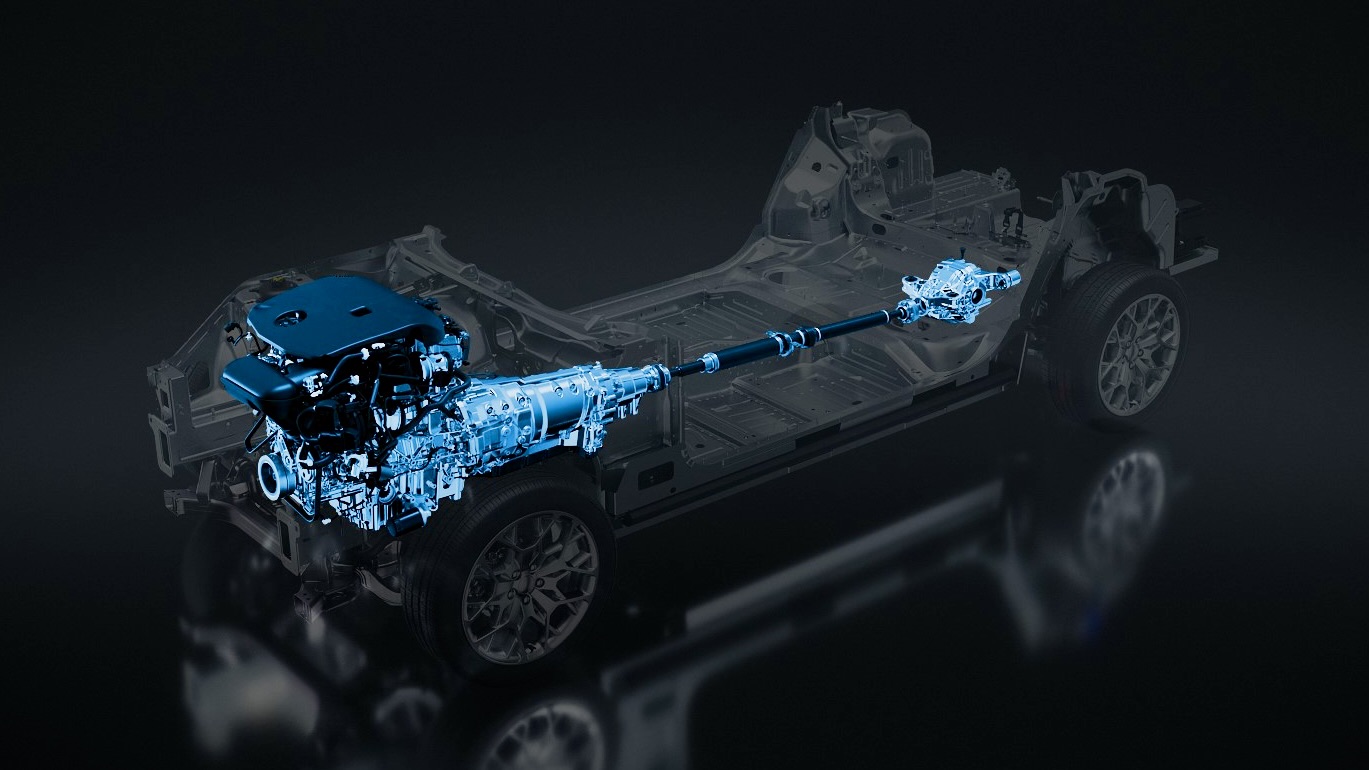
STLA Large also supports ICE and HEV propulsion systems without compromising key vehicle capabilities. The flexibility provides a bridge for customers around the world during the transition to electric propulsion and the development of a robust and widely available charging network. Design flexibility includes transverse and longitudinal engine mounting configurations, supporting FWD/RWD/AWD drivetrains.
Dynamics:
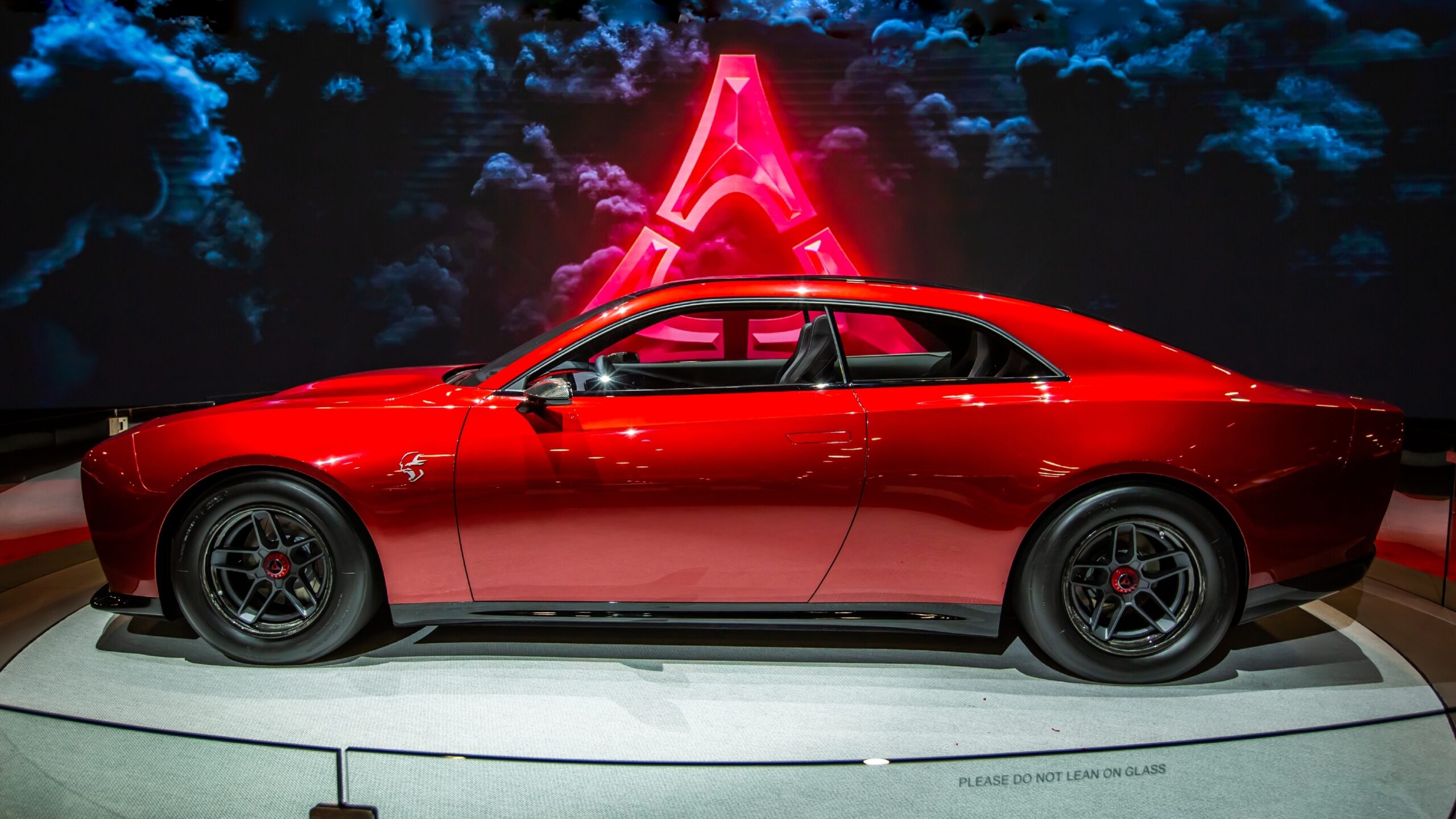
The platform’s inherent flexibility enables engineers and designers to adjust the wheelbase, overall length, overall width, and height, and ground clearance. A variety of suspension modules and powertrain cradles can be employed to suit vehicle-specific performance objectives that include ride, handling, and comfort. Engineers can adjust key dimensions, such as the front spindle to the driver’s foot, the front and rear overhang, or the passenger compartment floor, to fine-tune vehicle capabilities and performance.
Employing advanced high-strength materials, the platform is optimized for weight and rigidity to enable best-in-class performance across the spectrum of vehicle types. Components within the platform are packaged to maximize usable interior space and storage. Key comfort and performance components, such as the cabin heating/cooling system, steering, braking assist, and propulsion, are designed to minimize energy consumption to enhance driving range.
Based on specific vehicle objectives, STLA Large accepts drivetrain enhancements such as limited-slip differentials or wheel-end disconnects that can improve performance or reduce mechanical drag to improve efficiency and range. Overall, the STLA Large platform has the potential to carry extreme power that will outperform any of the existing HEMI® HELLCAT V8s.
Dimensions:

- Overall length range: 187.6-201.8 inches (4,764-5,126 mm)
- Overall width range: 74.7-79.9 inches (1,897-2,030 mm)
- Wheelbase range: 113.0-121.1 inches (2,870-3,075 mm)
- Ground clearance range: 5.5-11.3 inches (140-288 mm)
- Maximum tire diameter: 32.6 inches (858 mm)
Multi-Use Architecture:
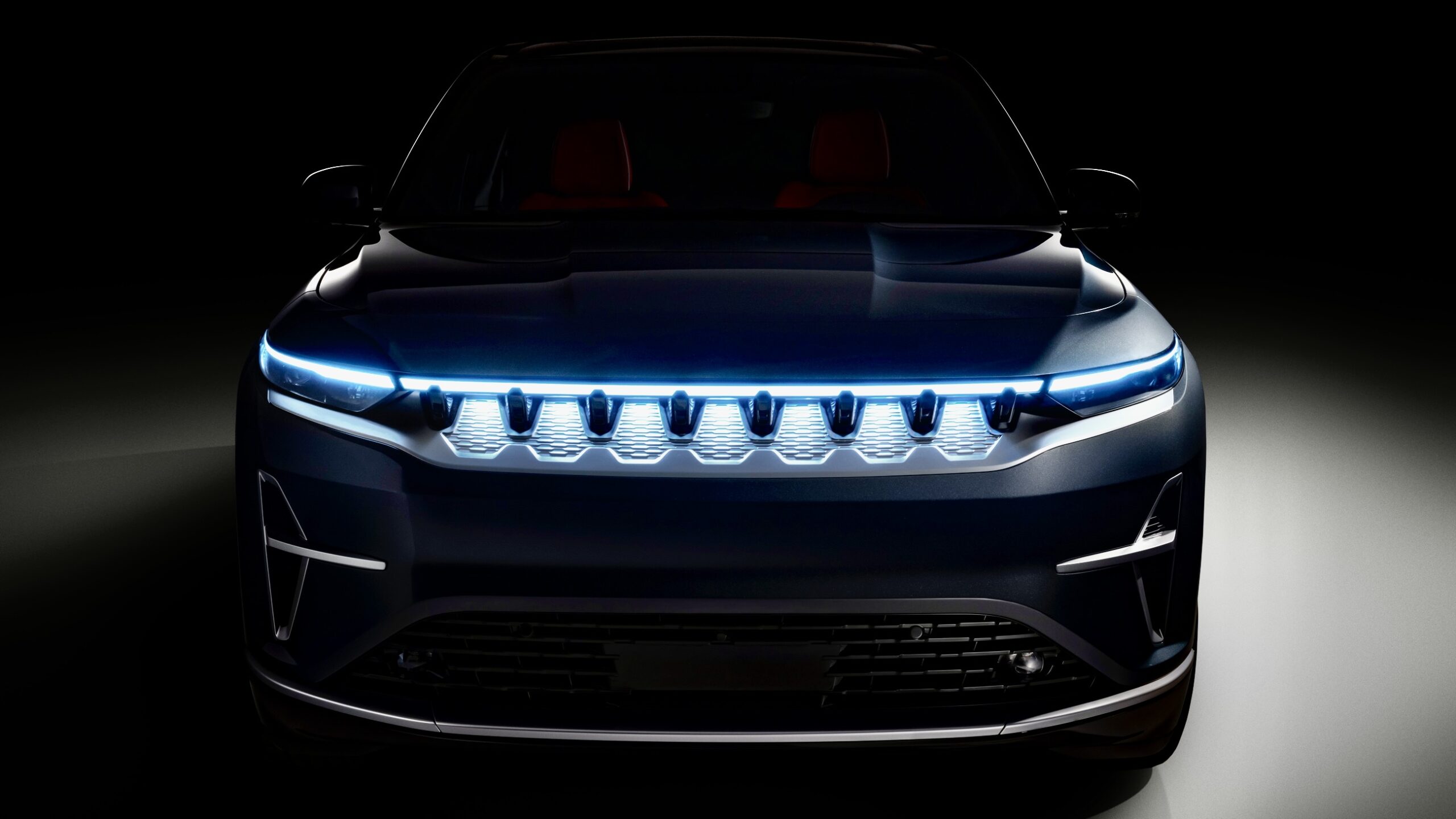
STLA Large will be installed in several plants in Europe and North America and available in multi-energy variants, including ICE and HEV. The iconic brands of Stellantis will tailor STLA Large vehicles to best fit the needs and desires of their customers, ranging from family-oriented to high-performance to highly capable off-road 4×4 to luxury.
Flexibility:
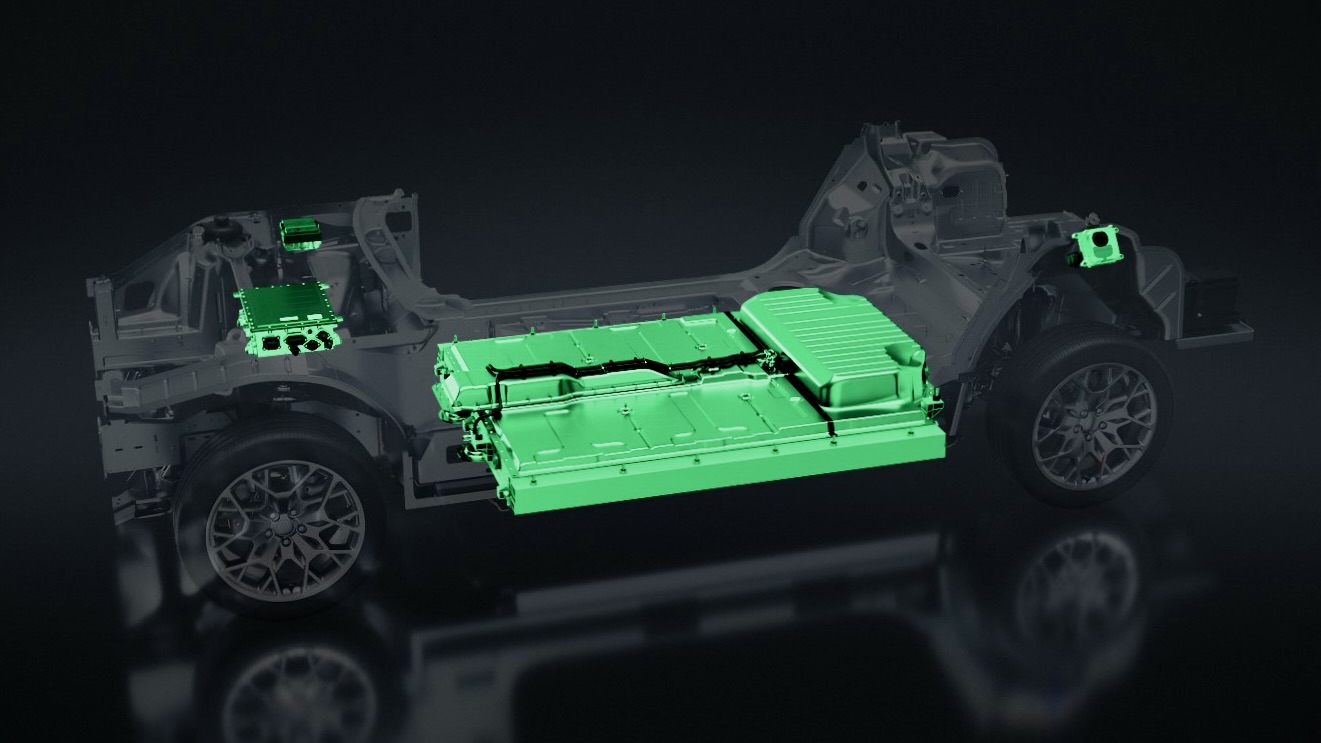
The STLA Large platform is engineered with unparalleled technology flexibility that enables greater levels of vehicle diversity and top-rank quality and customer satisfaction from a base set of componentry, along with robust and cost-efficient manufacturing processes that can be duplicated in multiple assembly plants. Upcoming products will cover a full spectrum of vehicle types, from cars to crossovers to SUVs, all of which will give customers the electric propulsion benefits of instant torque response combined with zero emissions.
Technology:
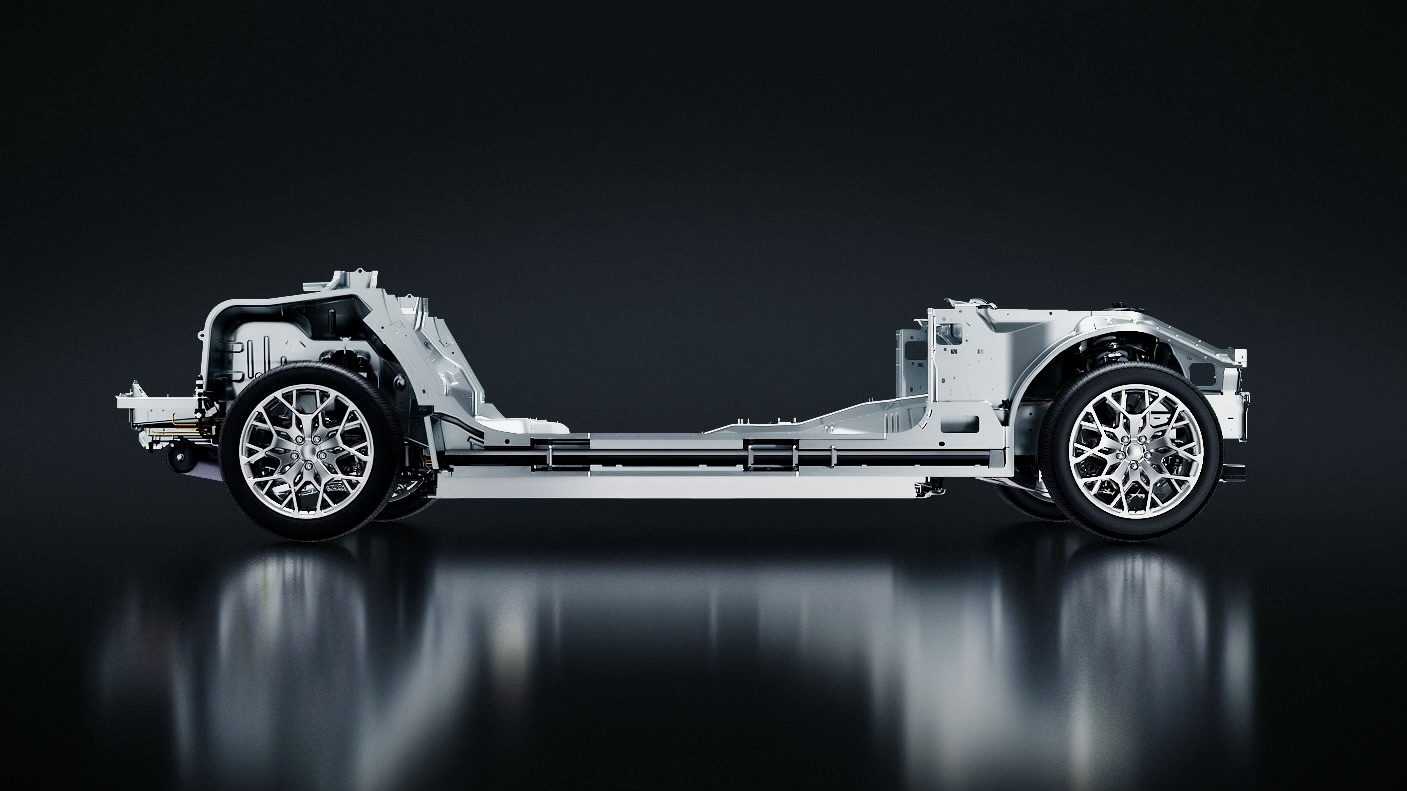
STLA Large is designed and engineered for extended lifecycles via the interchangeability of battery cell chemistry, EDMs, power inverters, and software control. The STLA Large platform supports Stellantis’ next-generation electrical and software-defined vehicle technologies – STLA Brain, STLA SmartCockpit, and STLA AutoDrive.
STLA Brain is fully OTA capable, with 30 modules addressed, versus 10 today, making it highly flexible. It is a service-oriented architecture fully integrated with the cloud that connects electronic control units within the vehicle with the vehicle’s central high-performing computer (HPC) via a high-speed data bus. It breaks today’s bond between hardware and software generations, enabling software developers to create and update features and services quickly without waiting for a new hardware launch. These OTA updates dramatically reduce costs for both the customers and Stellantis, simplify maintenance for the user and sustain vehicle residual values.
STLA SmartCockpit, built on top of STLA Brain, will seamlessly integrate with the digital lives of vehicle occupants to create a customizable third living space. Studies show that customers spend an average of four years of their lives in their vehicles and this is only increasing. STLA SmartCockpit, powered by the Mobile Drive joint venture between Stellantis and Foxconn, delivers AI-based applications, such as navigation, voice assistance, an e-commerce marketplace, and payment services.
STLA AutoDrive, developed in partnership with BMW, will offer Level 2, Level 2+, and Level 3 autonomous driving capabilities and will be continuously upgraded through OTA updates.
As the automotive landscape undergoes a transformative shift, the STLA Large platform stands out for its multi-use architecture, offering a range of vehicles tailored to meet the needs and desires of a broad customer base. The combination of performance, sustainability, and advanced features positions Stellantis as a key player in the evolving EV market.


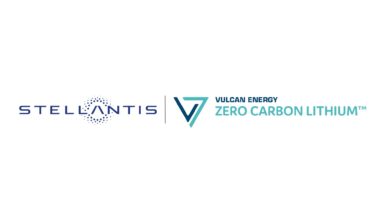
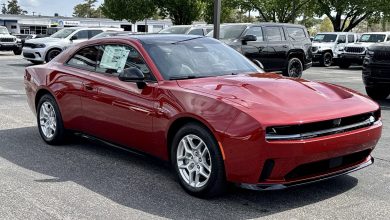
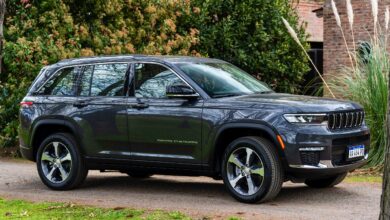
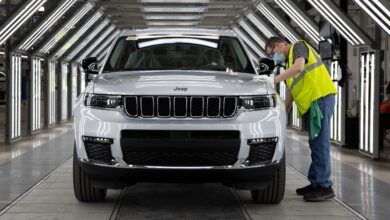
6 replies
Loading new replies...
Join the full discussion at the Mopar Insiders Forum →